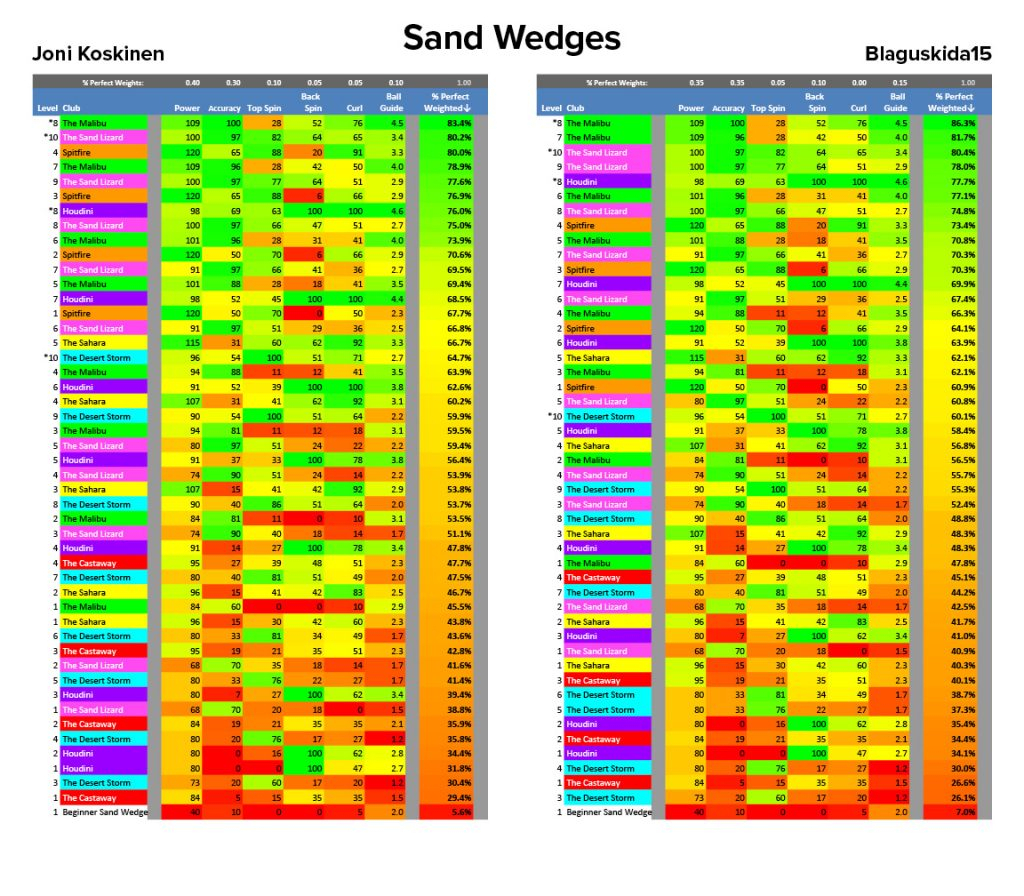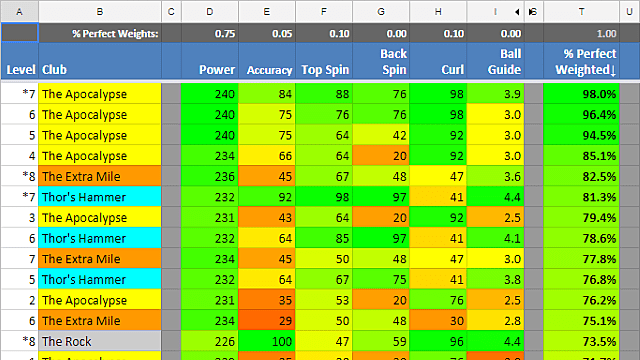

Not only does this bring in customer experience considerations, in terms of planning, you need to think carefully about how you build this added queue time into your model. If you add a third chat, it’s entirely possible that each customer will finish their response at around the same time and for two customers to be queuing within the interaction. This additional time prolongs each interaction, causing AHT to rise with concurrency, as you are adding queues into the interactions as well as before them. This time is highlighted by the letter “Q” in the diagram.

Now you can see that there is added time when the customer is forced back into the queue as they have responded quicker to the advisor than the advisor has to the other customer. The two bars underneath, which are joined together, demonstrate the pattern of the conversation when an advisor handles two chat interactions at once. In the above graphic, the single bar at the top shows a typical customer advisor–customer interaction and the time it takes for them both to type and send their responses. Advisor AHT Will Be Different Depending on Chat ConcurrencyĪverage Handling Time (AHT) does increase as concurrency increases, making planning difficult. So, while it may be scary to avoid the “turn live chat off” button at first, doing so will give you a much better idea for how you can forecast and staff in the future. John says: “If we don’t let contacts organically arrive, how will we ever know our true volume? This means that we will always be understaffing, we’ll always be behind the curve.” However, not only do you fail to meet customer expectations when doing this, it impedes your ability to forecast for the channel, according to John Casey. Lego are an example of a high profile company that turns chat off when contact volumes spike. You Cannot Plan for Live Chat Until You Go “All In”Ī lot of companies turn off their live chat channel when contact volumes become too high for advisors to handle, which does make a lot of sense in terms of moving customers to other channels with lower demand. Once you understand each of these facts, you can devise a fool-proof strategy for forecasting and planning for live chat that you can develop over time, as you come to terms with your own trend and seasonality. You need to ensure that you do not make any of the three mistakes above, while you should also familiarize yourself with the four fundamentals of live chat planning below. 4 More Things You Need to Know About Live Chat Planning chats simultaneously across the day and the respective AHTs for each of those scenarios. With this in mind, a more sophisticated model is needed which looks at how frequently advisors deal with 1, 2, 3 etc. “Rarely will advisors start the day by immediately taking on three chats, and at the end of their shift, you will also scale everything down,” says John Casey, a Resource Planning Expert at CCplanning.ĭue to these changes in concurrency, you cannot use a standard Erlang Calculator for live chat planning, as – being developed for the voice channel – it assumes advisors are only handling one contact at a time. Rarely will advisors start the day by immediately taking on three chats, and at the end of their shift, you will also scale everything down. You need to remember that contact volumes are spiky and that throughout the day there will also be other factors that influence concurrency. With this in mind, you cannot just divide your projected chat volume by a consistent concurrency. Well, just because you are asking each team member to handle three chats at a time, you cannot assume that advisors will all be handling three consistently throughout the day. You can just use an Erlang calculator (Wrong!)īut why can you not do each of these three things?.You can use a flat concurrency across the day (Wrong!).You can divide volume by concurrency (Wrong!).Live chat is becoming the channel of choice for many customers and, as they plan for this transition, many contact centres are making three key mistakes that are disrupting their forecasts. 3 Common Misconceptions of Live Chat Planning We share some simple lessons for live chat forecasting before presenting a strategy that will help you to plan with minimal data to work from.


 0 kommentar(er)
0 kommentar(er)
